Deck & Commander Strategies
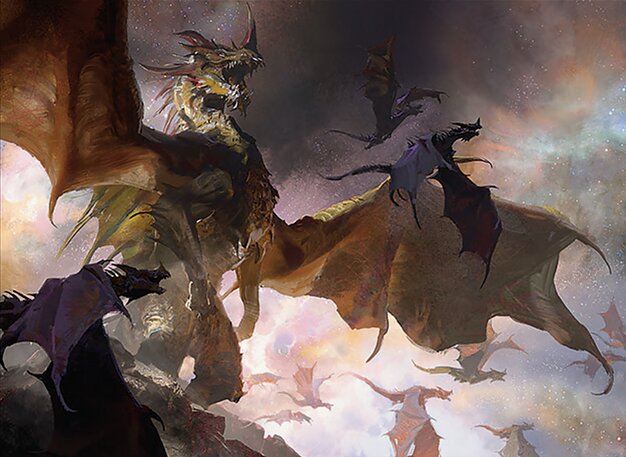
The Ur-Dragon
Ramp into big dragon spells and use The Ur-Dragon's eminence ability to generate value by casting multiple dragons cheaply and copying them to overwhelm opponents with powerful creatures.

Ashling the Pilgrim
Aggressively deal damage through Ashling’s triggered ability while building up counters and utilizing artifact synergies, eventually sacrificing Ashling for a board wipe to clear the way for lethal damage.
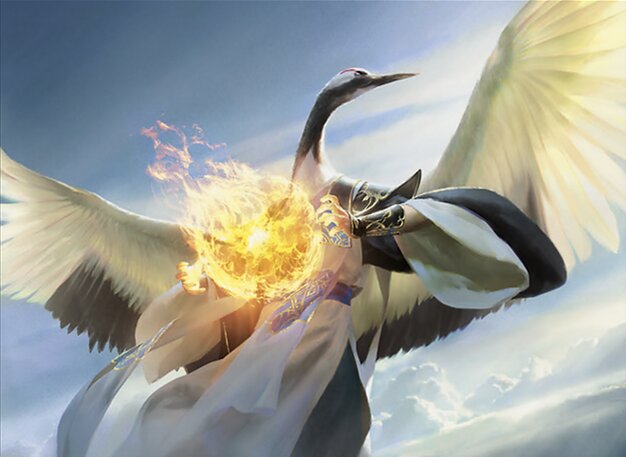
Kykar, Wind's Fury
Cast numerous noncreature spells to generate spirit tokens, draw cards, and create value. Use spells like Cyclonic Rift to control the board and maintain tempo while building a token army for offense.
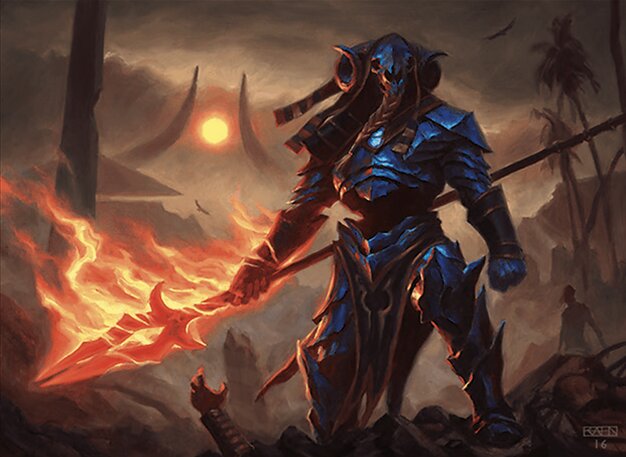
Neheb, the Eternal
Focus on dealing direct damage to opponents and creatures, utilizing red burn spells to both clear blockers and reduce opponents' life totals, aiming for continuous aggressive pressure.
Gameplay Insights
- 1
Ashling’s self-sacrifice for a 5 damage board wipe was a pivotal moment that reset the board and shifted momentum.
- 2
Kykar’s use of noncreature spells to generate spirits and draw cards kept the deck flexible and threatening despite board wipes.
- 3
The Ur-Dragon player’s combination of cost reduction and copying dragons created significant board presence early, pressuring opponents.
- 4
Neheb’s aggressive burn strategy forced opponents to play carefully and helped keep the pressure on during the midgame.
- 5
Players effectively used key spells like Cyclonic Rift and Render Blast to disrupt opponents’ boards and artifact setups.
- 6
The interaction of multiple decks focusing on damage and tokens led to timed attacks and strategic blocking to preserve life totals.
Notable Cards
-
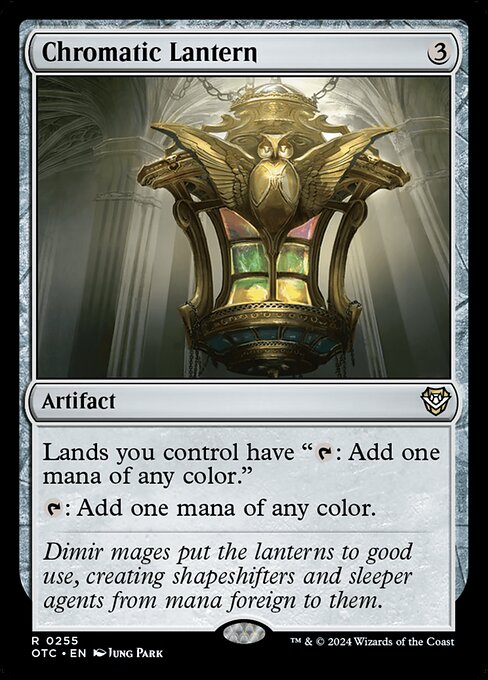
Chromatic Lantern
-
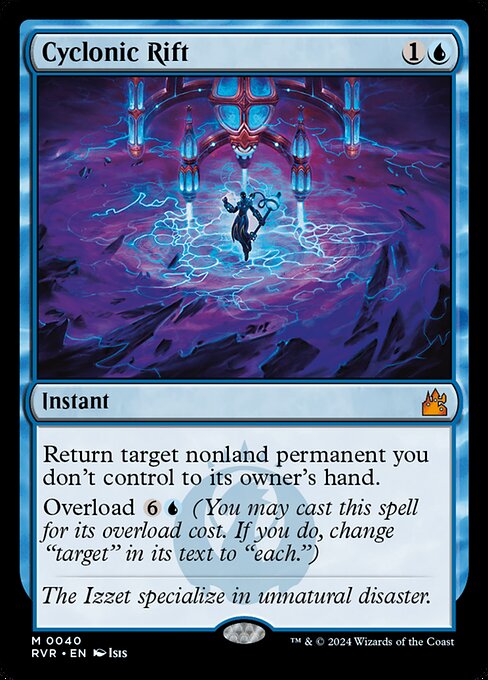
Cyclonic Rift
-
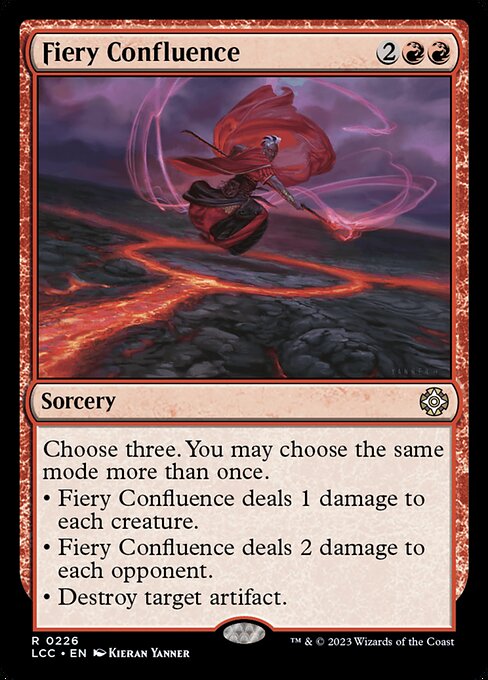
Fiery Confluence
-
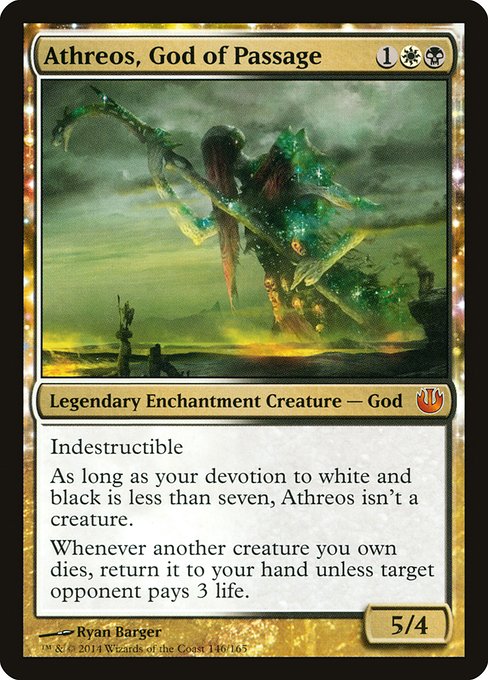
Athreos, God of Passage
-
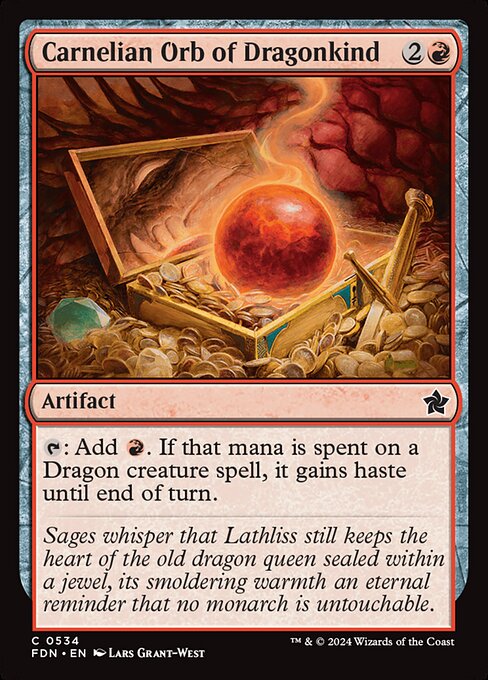
Carnelian Orb of Dragonkind
-
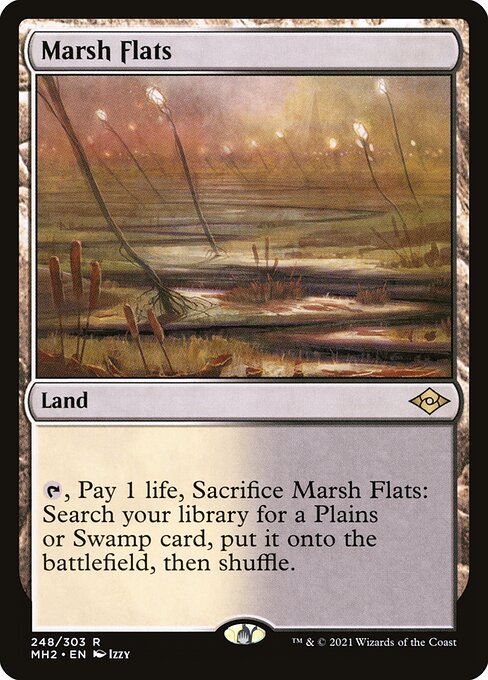
Marsh Flats
-

Overgrown Tomb
-

Temple Garden
Gameplay Summary
The game started with typical ramp and board development from all four players, with the Ur-Dragon player establishing mana acceleration through Chromatic Lantern and other ramp spells.
Early combat involved Ashling the Pilgrim chipping away at players while building up counters and board presence.
Kykar, Wind's Fury leveraged noncreature spells to generate spirit tokens and maintain card advantage, including casting powerful spells like Cyclonic Rift to disrupt opponents.
Neheb, the Eternal focused on aggressive damage dealing and utilizing red burn spells to maintain pressure.
The Ur-Dragon player capitalized on reducing dragon spell costs and copying powerful dragons, aiming for overwhelming board presence. A key turning point came when Ashling sacrificed herself for a board-wide damage effect, wiping out many creatures and resetting the board state, which shifted the momentum significantly.
Subsequent plays saw aggressive attacks and impactful spells like Fiery Confluence and Render Blast, which targeted both creatures and artifacts, further destabilizing the board.
The game showcased a dynamic interplay of tempo swings, with players balancing board control, card draw, and combat damage.
The Ur-Dragon’s ability to create multiple dragon copies and Kykar’s token generation remained significant threats.
The game appeared to revolve around controlling the board while setting up for powerful dragon-centric finishers and burn damage from Neheb and Ashling’s decks.


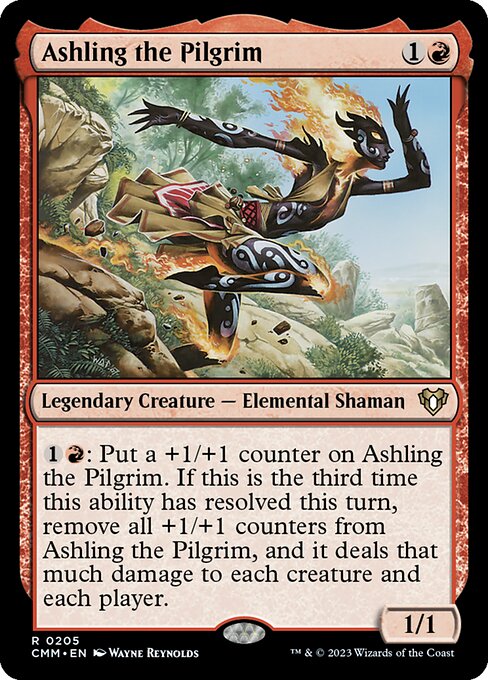























![Commander Randomizer Part 2 [Commander VS 316] | Magic: the Gathering Commander Gameplay thumbnail](https://i.ytimg.com/vi/okRK1jVYfno/sddefault.jpg)











![Commander VS S13E9: Gwendlyn vs Ashling vs Selvala vs Zada [EDH] thumbnail](https://i.ytimg.com/vi/GSSL3n2-Yf8/sddefault.jpg)
